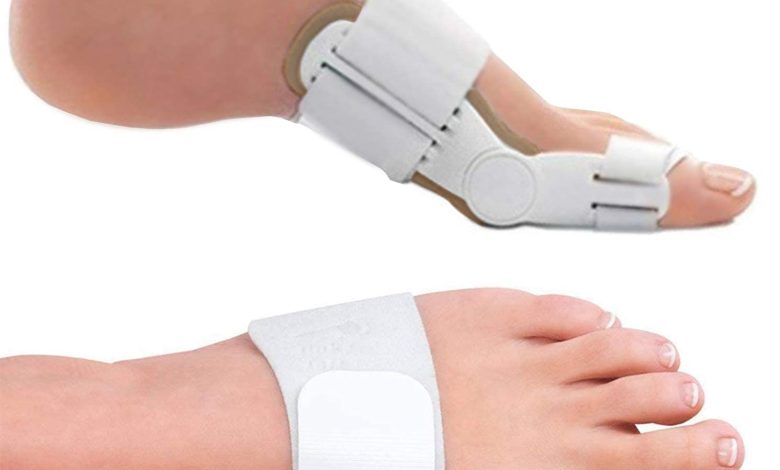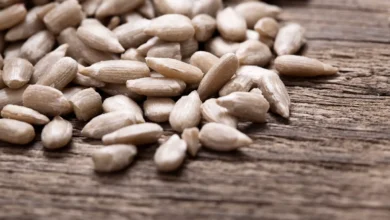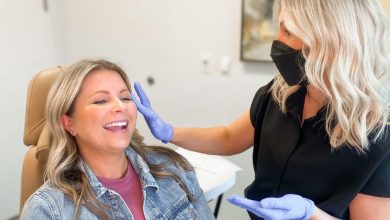What are the Possible Treatments to get rid of a bunion?

Bunion formation: Overview
A bunion is a deformity to the metatarsophalangeal, MTP joint at the big toe base. Usually, a bunion develops when the first metatarsal foot bone turns outward, and the big toe bone bends inwards or other toes. Most footwear cannot accommodate the consequential protrusion and start putting pressure on the misaligned joint. Consequently, the fluid-filled sac surrounding and cushioning the joint – bursa becomes inflamed. As well as this, the entire metatarsophalangeal joint becomes painful and stiff.
The common symptoms of bunions are pain and swelling around the toe bone. Remember that the symptoms may worsen when left untreated. Wearing bunion correctors can help you reduce the common symptoms; however, severe conditions may require surgery and take longer to heal. This article explains all the common causes of bunion formation. As well as this, you can get the possible treatment plans, helping you get rid of the bunions. So. Let’s begin here;
Causes of bunion formation
The following are the significant causes causing bunion formation:
-
Footwear
Remember that pointed-toe and narrow footwear can cause bunion formation. Your big toe pushes against the other toes or diving over or under them, resulting in the MTP joint juts or angling out from the foot.
-
Occupations or routines
People involved in occupations requiring standing and walking for a long time are susceptible to bunions. Usually, the problem comes to see among teachers and nurses. As well as this, people involved in the repetitive movements or stress of their feet, especially the big toe, are also vulnerable to bunion formation. Ballet dancing is an example of repetitive stress and movement to the big toe.
Read this Too: Vitamin Supplements for Make Batter Health
-
Medical conditions
In some women, bunions may also result during pregnancy. Pregnancy causes hormonal changes that can cause loss of the ligaments and flatten the feet. Bunion formation may also be associated with arthritis, causing cartilages to be damaged within the joint.
-
Family conditions
As foot type is heredity, bunion runs in families. Remember that flat feet, low arches, and losing tendons and joints all are the risk factors contributing the bunions’ formation.
How to treat bunions?
The good news is that bunions are treatable. However, the mode of treatment depends pon the condition and severity level of the bunions. Mild to moderate symptoms can be reduced through conservative measures. However, if the pain worsens and never gets treated with conservative measures, your healthcare provider suggests surgery to get rid of the bunions. Below are the possible treatment plans for bunions:
Conservative measures to treat bunions
The following conservative measures will help you cope with the mild to moderate level symptoms of bunions:
-
Wear the right kind of footwear
Wearing the right kind of shoe helps relieve pressure from the big toe. Ensure that your footwears are wide and flexible to provide your feet with enough space to accommodate the bunion. Athletic shoes and shoes made from soft leather are the best recommendations to wear, helping relieve pain and pressure from bunions. Women should avoid wearing high heels that can further irritate their big toe and worsen the symptoms.
-
Wear foot straighteners or bunion correctors
Gel-filled toe straighteners are also considered the best tools to protect bunions. These silicone gel toe straighteners ensure protection and help relieve pain and discomfort. However, ensure that your shoes have enough room to accommodate footpads. Clinicians also suggest wearing semisoft shoe inserts, helping position the feet correctly when they strike the ground while walking.
As well as this, experts also suggest wearing bunion correctors to help ease pain, swelling, and other symptoms resulting from bunions. You need to ensure the correct type of bunion correctors before wearing them. For this purpose, you should consult your healthcare professional, who will examine your situation and suggest the best product.
-
Apply ice packs
Applying ice packs helps relieve pain, swelling, and irritation when the bunion becomes irritated or painful. Ask your GP the best way to use ice packs on the bunions and what is the best time when ice packs help relieve pain and discomfort.
-
Medications
Taking nonsteroidal anti-inflammatory drugs (NSAIDs) is another effective conservative measure to relieve pain, swelling, and other irritating symptoms. For example, cortisone injections help reduce inflammation, which temporarily relieves pain. However, these medications have some side effects, especially when overused. That’s why it is recommended to take such medicines under the prescribed amount suggested by your healthcare professional.
Surgical treatments of bunions
When conservative measures fail to reduce symptoms, and you still experience pain and other discomforts that interferes with your daily routine, you need surgical treatments to restore the normal position of your big toe. However, depending upon the procedure, the recovery time may take up to a year.
Categories of bunion surgery
The following are the surgical treatments depending upon your conditions:
Surgery for mild bunion
This surgical treatment shaves the bony excess outside the metatarsal base. The process is used to realign the surrounding joints’ muscles, ligaments, and tendons. Recovery time takes 3 to 4 weeks, and it is recommended to wear prospective shoes. However, the process may not correct the deformity that became the reason for the bunion.
Surgery for a moderate bunion
The same process used for a mild bunion is held to a realignment of the big toe for a moderate bunion. Your surgeon uses the screws or pins to realign the bone. Depending upon the procedure, the recovery time takes 4 to 6 weeks. Your surgeon may recommend wearing a short cast or using crutches.
Surgery for a severe bunion
For severe bunions, the surgical process takes place to remove the bony excess at the metatarsal bone head. The surgery removes the wedge-like piece of bone and realigns the metatarsal bone by using pins or screws. It takes 6 to 12 weeks for a severe bunion to recover completely. Your healthcare advisor advises using crutches or wearing a short cast. However, if the joint is beyond repair, your surgeon will replace it with an artificial joint.
Buy the best bunion correctors
Wearing bunion correctors does not help realign the big toe or get rid of the bunion. However, these are considered effective tools to relieve pain and other discomforts temporarily. If you feel pain and other symptoms resulting from a bunion, you can find a variety of bunion correctors at 360 relief. However, before wearing the bunion correctors, consult your healthcare professional, who will ensure the correct type of bunion correctors according to your needs.



